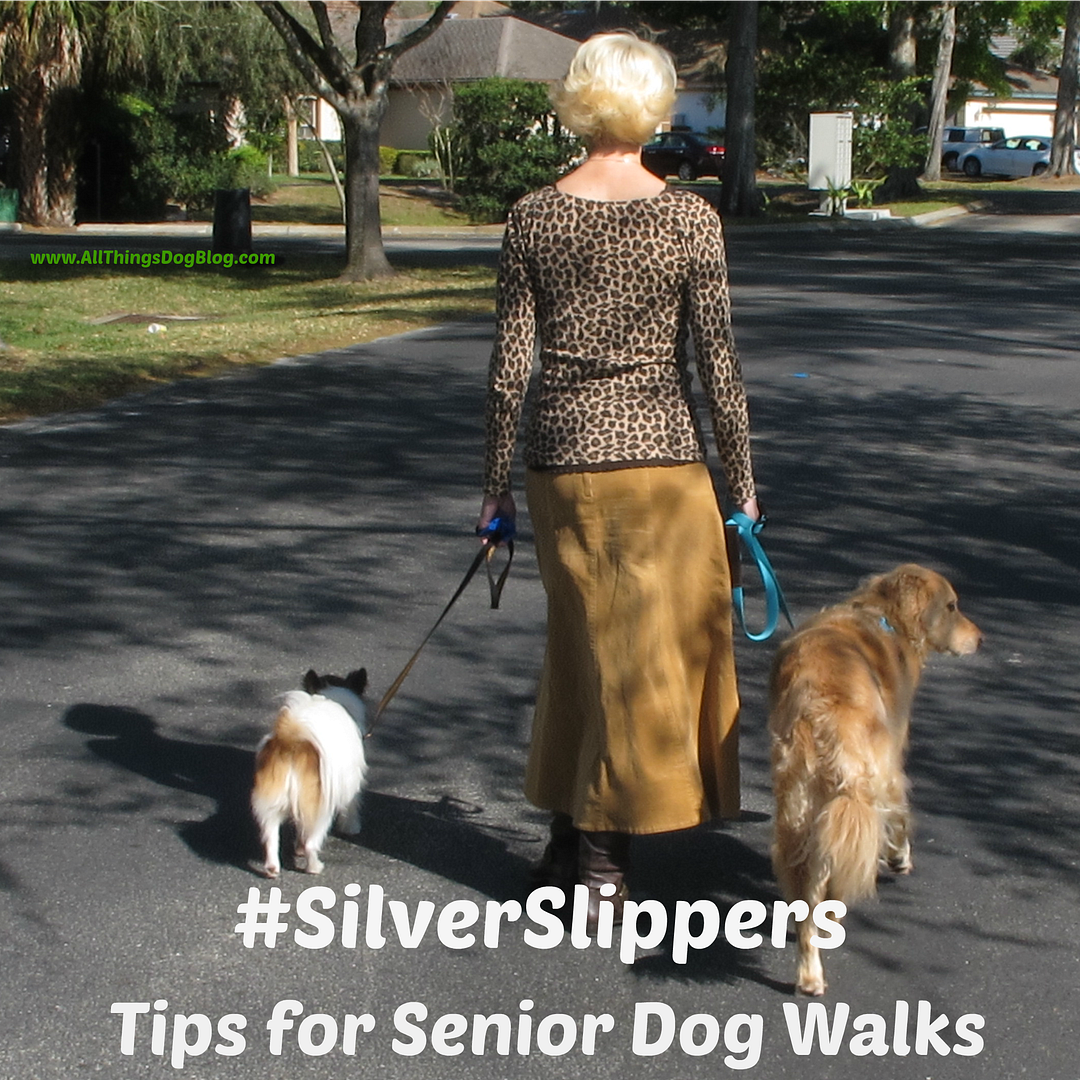 |
| courtesy TWM News via Flickr.com |
My Lab/Sharpei mix was adopted in February after 8 months there. Apparently she had eating issues while living there. It took about 2 months to get her eating somewhat better at home. What finally worked was mixing her canned food with tuna.
Following a vacation when she stayed with family, her eating habits have worsened, but she will eat human food when offered it. Any suggestions for improving her diet and eating habits?
-------------------------------------------------------------------------------------------------------------------
Dear Reader,
First
and foremost, we need to determine if this is a medical problem or a behavioral
issue. Although your dog’s history
suggests that her poor appetite correlates with stress, there are several medical
explanations that we need to consider.
The fact that she will readily eat table foods doesn’t rule out a
medical cause.
I
strongly recommend that you start with a visit to your veterinarian, but we’ll
walk through a cyber vet visit via this blog post!
Step One: A thorough history
-What
diets (and protein sources) have you tried?
-Is she
gaining or losing weight?
-Does
she get any treats or table scraps?
-Does
she have access to food from neighbors, other family members, or other pets?
-Does
she have other gastrointestinal (GI) signs, like vomiting or diarrhea?
-How is
her activity level?
-Describe
her general personality. Is she a
nervous dog?
Step Two:
A complete physical exam
Your
dog should be examined from nose to tail, to include a thorough oral exam,
abdominal palpation, rectal exam, and assessment of body condition score. If your dog is thin, I am going to be more
concerned that this is a medical issue than if she is ideal or overweight.
Step Three: Diagnostic tests
A
complete blood count (CBC), chemistry, and urinalysis will serve as our
“minimum data base”. If these are
normal, that doesn’t rule out chronic GI disease, so we’ll also send out
bloodwork for a “GI panel”. This will
help in the diagnosis of inflammatory bowel disease and pancreatic disorders.
If that is also unremarkable, I’d run a baseline cortisol to
rule out atypical Addison’s disease and recommend an abdominal ultrasound. If all diagnostic results were within normal
limits, I would presumptively diagnose an underlying behavioral issue.
Step Four: Treatment
1. Be encouraged that your
situation should improve as your dog continues to settle into your home. Try to think about life from her perspective
and remove any “stressors”, especially changes to her daily schedule.
2. Probiotics,
which help normalize the flora in the GI tract, may be beneficial for your
dog. Purina’s FortiFlora, Iams Prostora, or the human
products Culturelle, Align, and VSL#3 are all consistently good quality.
3. Though I typically recommend feeding twice daily, it’s possible that your picky eater might do better eating once per day. Do not feed free choice ̶ where the food is always available.
3. Though I typically recommend feeding twice daily, it’s possible that your picky eater might do better eating once per day. Do not feed free choice ̶ where the food is always available.
4. Try tough
love. Offer food 2-3 times per day for
about 20 minutes per feeding. After 20 minutes, if your dog is not eating, pick
up the food until the next meal. I'd also ignore your picky eater for 20
minutes before meals and then lavish praise and attention when she is actually
eating.
5. Sometimes
finicky eaters do better with limited ingredient or hypoallergenic diets.
6. Feed the highest quality
diet you can afford. Palatability can be
affected by changing the consistency, texture, and temperature of the
food.
7. Since she has an affinity
for human foods, you could always consider home cooking. I would only endorse this long term if you
were to consult a veterinary nutritionist to custom formulate a balanced recipe
for your dog. Check out http://www.vetmed.ucdavis.edu/ucvmc_sd/nutrition/nutrition_faq.cfm and www.balanceIT.com.
Dr. Julie Buzby is a homeschooling mom of seven, American Veterinary Chiropractic Association and International Veterinary Acupuncture Society certified holistic veterinarian, and passionate advocate for canine mobility. She can be found at Twitter @DrBuzby and on Facebook.com/ToeGrips. You'll also find more of Dr. Julie's posts at our Ask the Vet Archives page.
You may also enjoy reading her recent articles:
You may also enjoy reading her recent articles:
Dr. Julie's opinion or advice does not replace an actual exam with a veterinarian.








































1 comments:
Brittany Smith said...
My dog had the same issue. I know what to do now, Thanks for sharing this great information!
Post a Comment